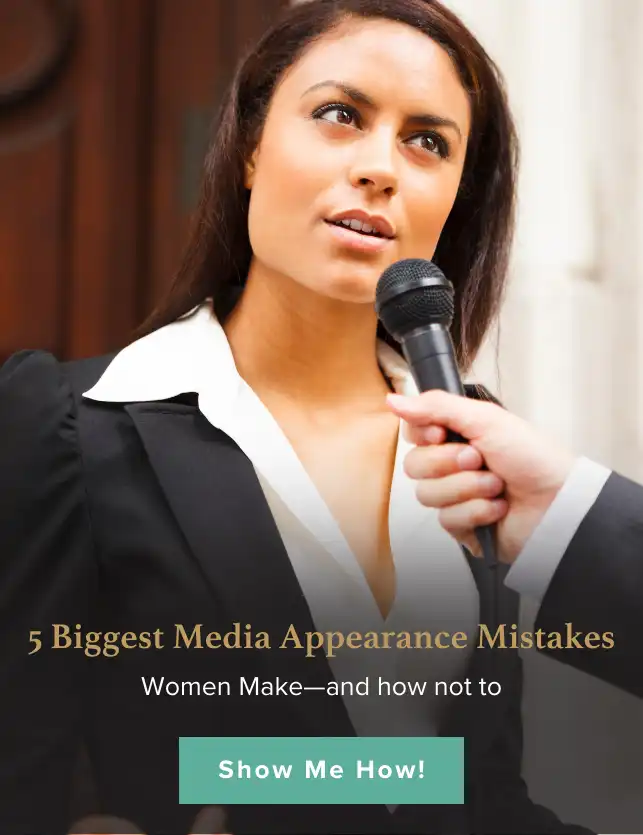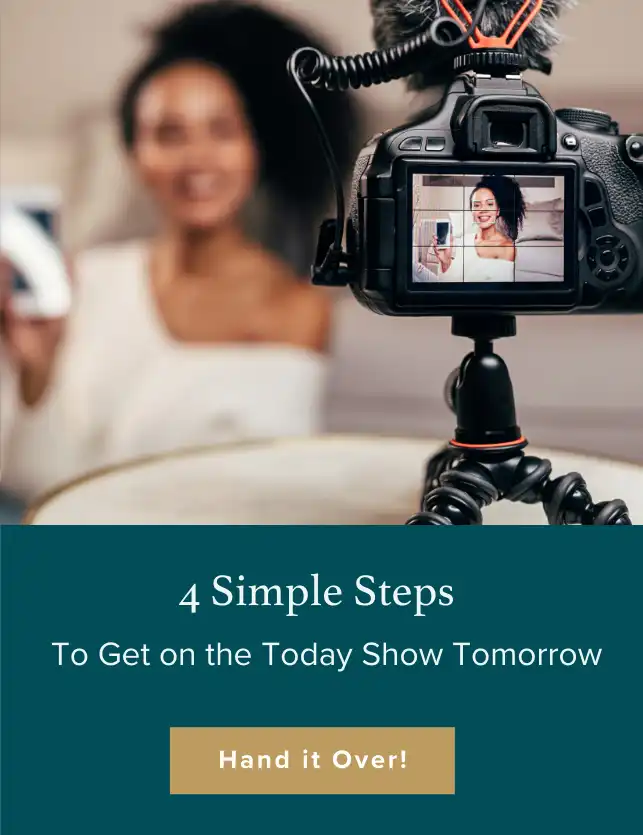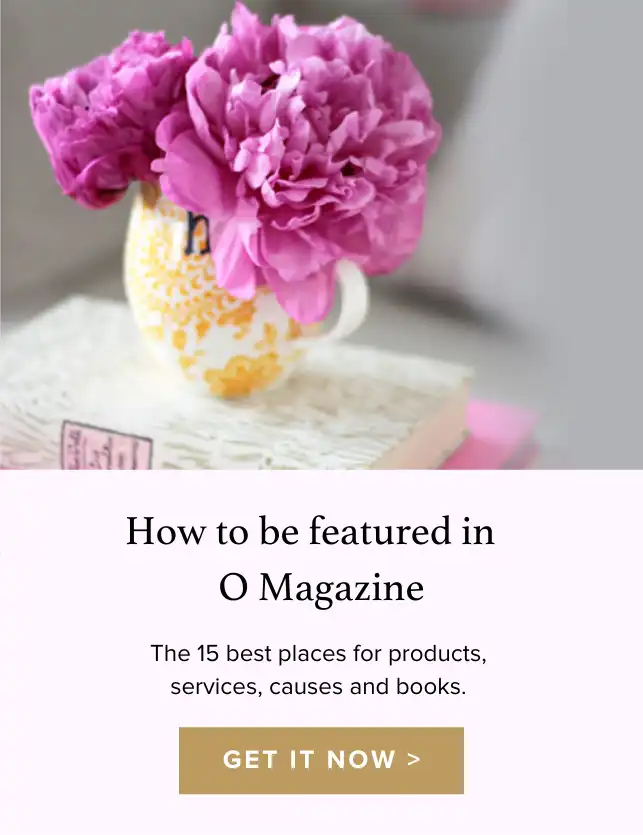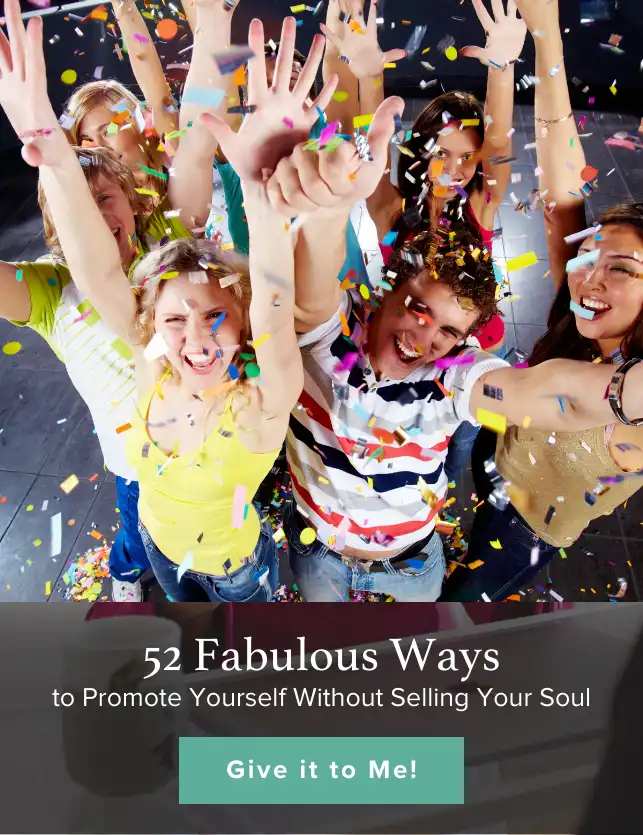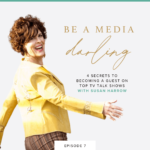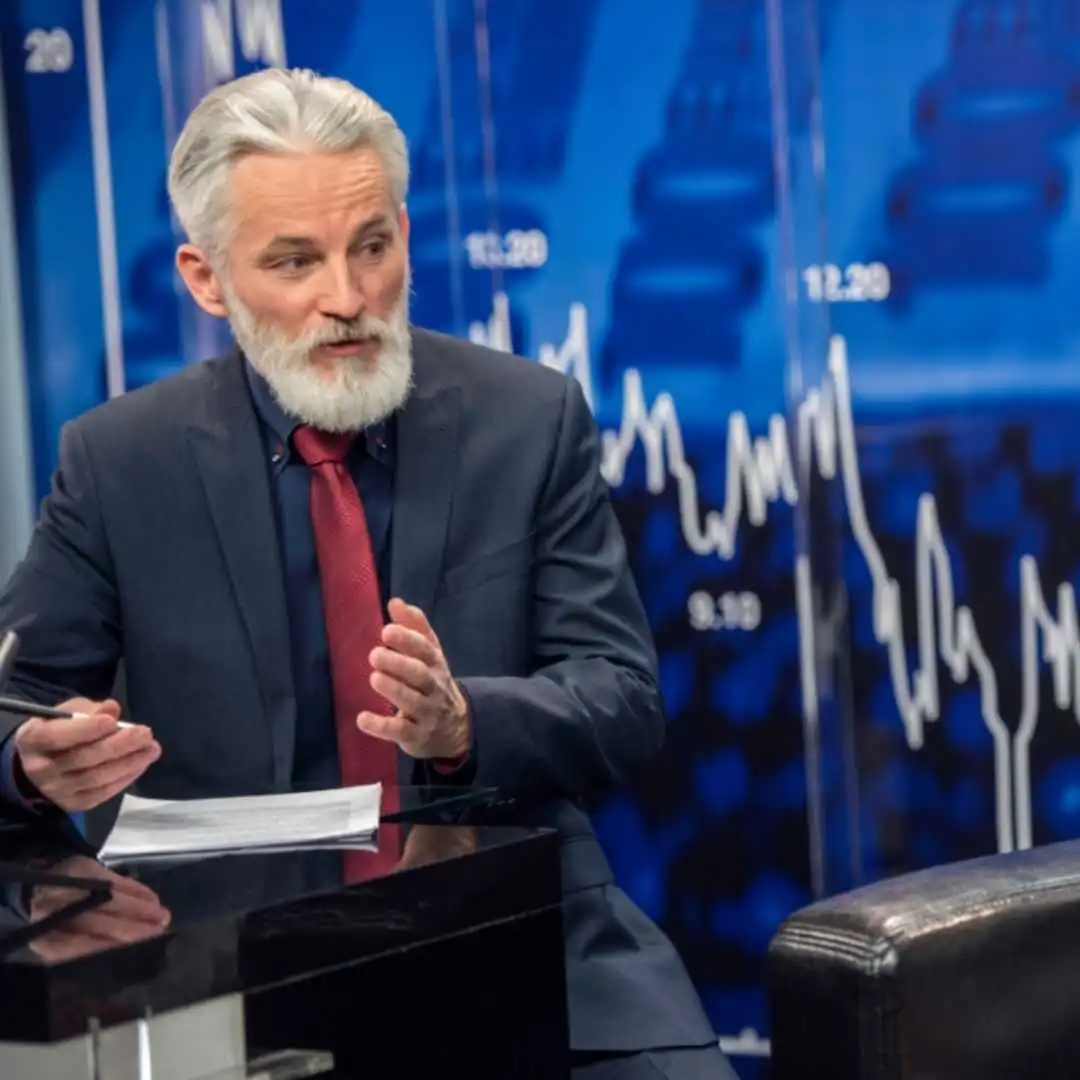Why Media Training is Crucial for Sustainable Brands and How to Stand Out

SUMMARY: In the fast-paced digital landscape, sustainable brands must communicate effectively to stand out. Media training equips them with skills to manage crises and connect authentically with audiences. Allowing discomfort, absorbing knowledge, and embracing imperfection are crucial traits for growth. By being the message and mastering communication, sustainable brands can navigate challenges and foster trust, ensuring their mission resonates with grace and impact.
Table of contents:
Why Media Training for Sustainable Brands is Crucial and How to Stand Out
In today’s fast-paced digital age, sustainable brands face multiple challenges when it comes to effectively communicating their message to the masses and stand out amongst their competitors.
This is where media training for sustainable brands plays a crucial role in ensuring their success. From garnering positive media coverage to effectively managing crises, media training equips sustainable brands with the skills and strategies needed to excel in a competitive landscape—especially when products or services are innovative and don’t yet have customer confidence.
Often, the more a sustainable brand has created something new or surprising the more difficult it is to explain.
During media training we often ferret out easy analogies or ways to creatively bridge the unknown to the known. We also look for ways to create the antidotes to people’s pain.
Be a Lifelong Learner.
Most of my clients are lifelong learners who seek psychological richness in their lives and have a growth mindset. By reviewing each media interview we look for what they did well and what they want to shift for next time. Through this constant iteration improvement excels exponentially.
In Adam Grant’s new book Hidden Potential: The Science of Achieving Greater Things, he discusses the 3 character qualities that impact growth capacity.
1. Seeking discomfort.
2. Absorbing like a sponge.
3. Being an imperfectionist.
The media training clients I’ve worked with who progress the fastest typically embody all three qualities.
With the increasing emphasis on environmental and social responsibility, sustainable brands need these three characteristics to help them navigate the media landscape with finesse so they don’t alienate potential customers, clients or the media with didactic, condescending or complicated messaging.

Avoid the Davos Disaster.
For example, at Davos, a founder of a sustainable brand thought he was being clever and cutting-edge by criticizing the audience for using personal jets with a huge carbon footprint to attend the conference. While this was a valid critique that could have been delivered tactfully, in service to the greater good of saving the planet from a climate crisis, it was done instead in such a way that was perceived by many as insulting.
It takes tact to bring to light socially sensitive issues to anyone—including those who are trying to better the world and who may not be doing it in the most congruent way. There is a real art to what I call “conscious controversy.”

Media training empowers founders to confidently articulate their brand’s mission, values, and initiatives, enabling them to connect with their target audience(s) authentically and to have their message received positively.
Relax and Focus While Staying on Message.
By honing their communication skills through continuous practice and role-play, sustainable brands can secure media opportunities that amplify their message and generate positive brand awareness in both the short and long-term. One of the requests I hear most often from founders is that they want equipoise—the state between concentration and relaxation. They want to be natural, focused and present while being themselves, interacting with the journalist or host—while staying on message.
I love what cellist Yo Yo Ma says, that can be applied to any founder whose mission is to do good and be good, “In the end it’s all about, in music and probably in life, is how you put your head and your heart and your hands together in how you exist.”
Be the Message.
Media training helps founders to “be the message” and also enables them to effectively manage crises that may arise in today’s highly connected world when one social media stumble can result in an immediate disaster. A single gaffe can ruin the reputation of a brand forever or derail it for an extended period of time.

Case in point, in 2013, Lululemon’s founder and then-CEO, Chip Wilson, made controversial comments regarding the quality of the company’s yoga pants. He suggested that the pants were not suitable for all body types, which led to backlash and criticism, particularly from customers who perceived the comments as body-shaming.
The negative publicity and the perception of elitism in the brand’s approach affected sales and the company’s image.
Though Wilson later issued apologies, the fallout from the incident had a lasting impact on Lululemon’s reputation and required significant efforts to rebuild consumer trust.
In another instance a popular entrepreneur and spiritual leader with a large and loyal subscriber list and social media following put up a photo that was deemed racist on her Facebook page to illustrate a new program she was creating. A heated discussion followed and she accidentally deleted the controversial conversation thread which further infuriated her following. She ended up have to scrap the program to the tune of millions of dollars in losses.
Because she was a skilled communicator she was eventually able to re-establish trust with her tribe and created other successful programs without incident.
Others who are not glib need to hire a PR agency that specializes in crises communications so they don’t permanently damage their brand and business. Speaking to the public requires constant vigilance and iteration to continually evolve and stay at the forefront.

With the potential for negative publicity with even a small slip-up or misphrase can have a devastating effect, developing a well-prepared and media-savvy team can mitigate risks and protect the brand’s reputation so when they get golden media opportunities they can have a real effect on growing their business, brand and ROI.
In current times where news travels instantly over all mediums, media training has become a necessity for sustainable brands. It empowers them to effectively communicate their message, sustain trust with stakeholders, build brand loyalty and navigate through potential crises. By investing in media training, sustainable brands can excel in their mission to create lasting positive change with grace, ease and equanimity.
Check out our PR and Media Training Workshop to Jumpstart your Publicity
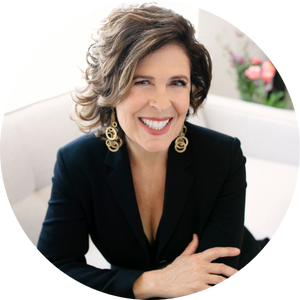
Like what you read? Share it!
Disclosure: Some of the above may be affiliate links that I will be compensated for at no cost to you. They are products or services I’ve either used, vetted or trust. Enjoy!
WE THOUGHT YOU’D ALSO LIKE THESE POSTS










